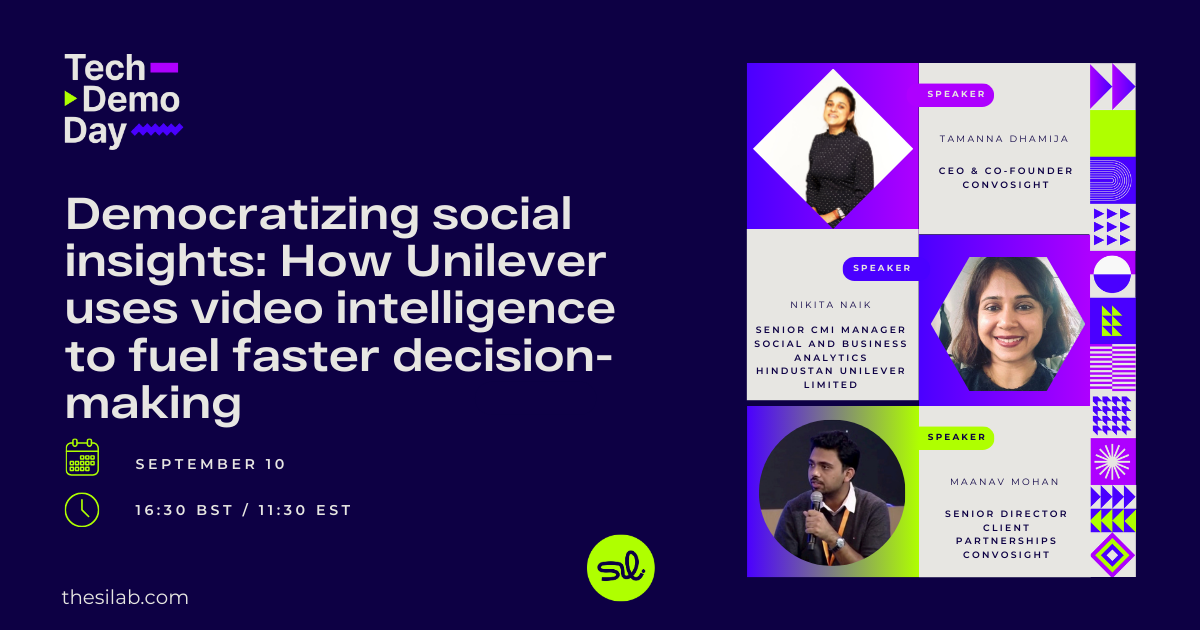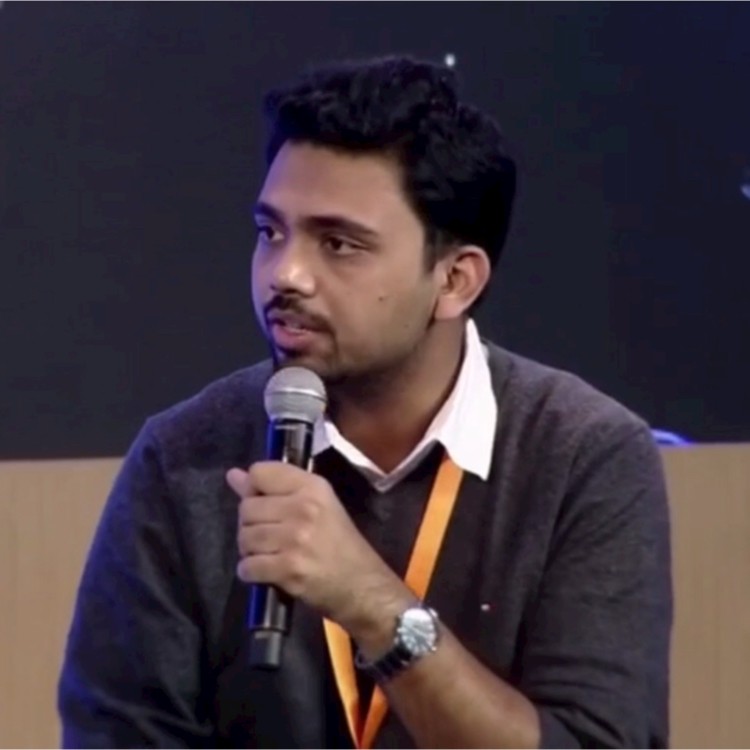
How social insight can help you understand the job to be done
I was late to this party.
(It started in 2016 but better now than never).
A recommendation drew me down a rabbit hole until I found ‘Competing Against Luck’ by Clayton Christensen et al.
It’s the origin of the Jobs to be Done theory.
If you know, you know.
But if like me, this is news to you, here’s a quick intro.
Clayton sums up the essence of the Jobs to be Done theory with a quote from the famous marketeer, Theodore Levitt.
“People don’t want quarter-inch drill bits. They want quarter-inch holes.”
But it’s all too easy for us to lose sight of this. To become fixated on what we sell, rather than what people buy.
Just take a look around you. The world is full of what brands do rather than what people want to achieve. Which is kind of like putting the cart before the horse. Imagine how wasteful that is. How much more effective it would be if we knew what people really wanted to achieve?
I was walking with a buddy recently. He’s really into bikes. Like, really into bikes. As we walked, some lycra-clad 40 somethings passed us, gliding up the hill on their e-bikes.
So, we started talking about them.
For me, biking is mostly about exercise. I want to get fitter and anything that takes away from this is a waste.
But my buddy had a different view.
For him, mountain biking is about the descent. The joy comes from the heady rush as he flies down the course. Anything that gives him more of that has got to be good.
For him, e-bikes mean more descents. The e-bike gets him to the top quicker – so he can go down 8 times rather than 5.
He’s not buying an e-bike, he’s buying a way to get in more descents.
This is the essence of the Jobs to be Done theory.
It challenges innovators to closely examine what jobs our customers are trying to do. What solutions they’re looking to hire to solve the problem they’re facing.
By understanding this better, we can innovate more effectively.
This is where insight from social media becomes invaluable.
We know that people don’t talk to researchers the way they talk to each other and it’s this that makes social media data so important.
Social gives you a gritty, raw and more accurate picture of exactly what the job to be done is. The challenge that people are facing – that they’re hiring you to solve.
This can come from customer reviews, Instagram posts, forum discussions, TikToks – anywhere where people are sharing what’s going on in their lives.
It’s a shortcut to what really matters.
Social also gives us depth.
When you look at a leading retailer’s website about e-bikes it talks about “taking the weight off tired legs or tackling tricky uphill stretches”.
They totally miss what my buddy wants to do. 8 rather than 5.
Because social gives us access to thousands of opinions, we’re more likely to understand the true breadth of the different jobs to be done.
Done right, social gets you closer to what matters. It gives you depth and detail, breadth and certainty.
So, when we’re thinking about product design, understanding as much about the job we’re being hired for is essential. As Clayton Christensen puts it:
“After you’ve fully understood a customer’s job, the next step is to develop a solution that perfectly solves it. And because a job has a richness and complexity to it, your solution must, too.”
Insight from social media will give you this richness and the tools you need to tackle the complexity.
This article was originally published on the Listen + Learn Research website
This interview was recorded via LinkedIn Live, if you prefer to view on LinkedIn, click the button below.
View InterviewSee related content





%20(1).jpeg)





